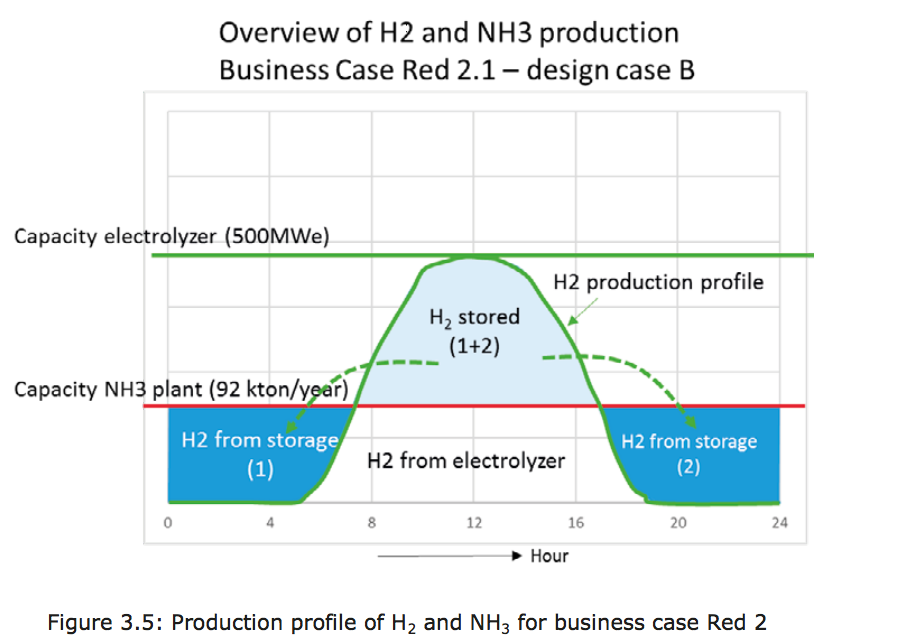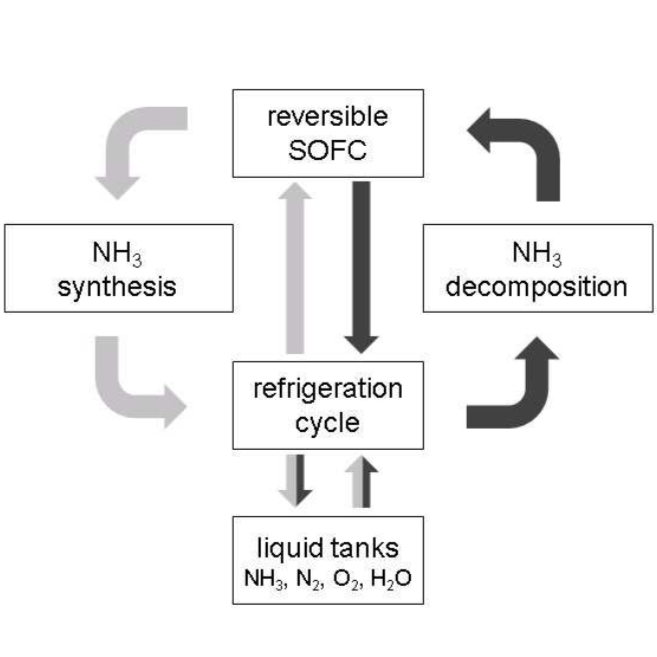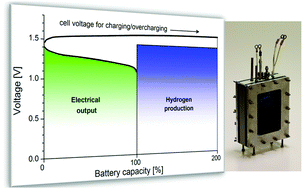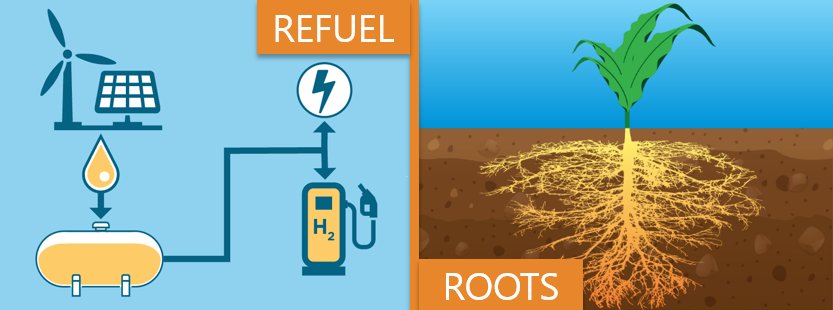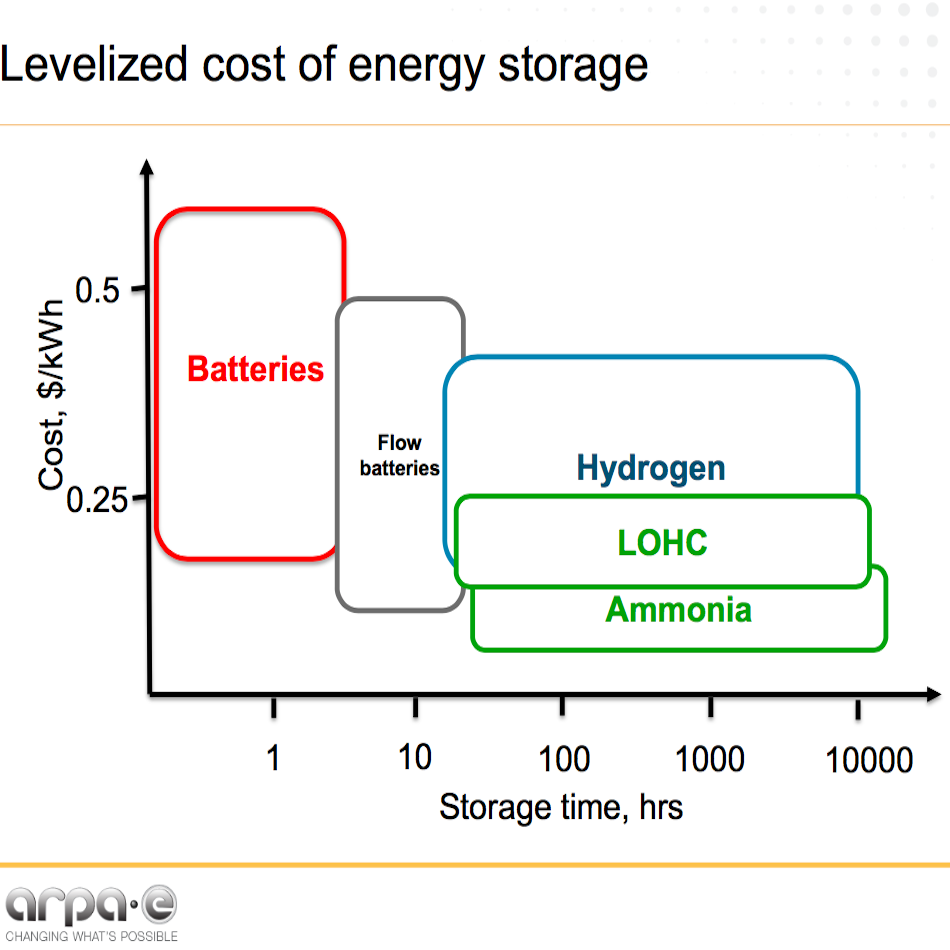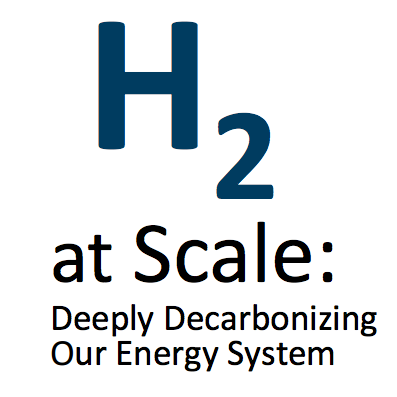Developers around the world are looking at using ammonia as a form of energy storage, essentially turning an ammonia storage tank into a very large chemical battery. In the UK, Siemens is building an "all electric ammonia synthesis and energy storage system." In the Netherlands, Nuon is studying the feasibility of using Power-to-Ammonia "to convert high amounts of excess renewable power into ammonia, store it and burn it when renewable power supply is insufficient." While results from Siemens could be available in 2018, it might be 2021 before we see results from Nuon, whose "demonstration facility is planned to be completed in five years." But, while we wait for these real-world industrial data, the academic literature has just been updated with a significant new study on the design and performance of a grid-scale ammonia energy storage system.

